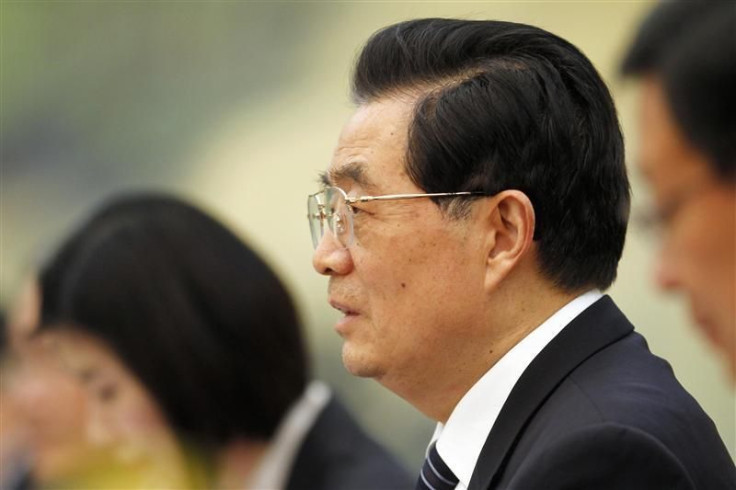China May Ease Rates Before The Fed’s Next Move
OPINION

Tom Sowanick is Co-President and Chief Investment Officer at Omnivest Group in Princeton, N.J.
On Tuesday, the Federal Open Market Committee (FOMC) meets to vote on whether another round of quantitative easing is necessary at this time. Based on signs of an improving labor market, it is very unlikely that the FOMC will act to usher in a third round of quantitative easing (QE3).
The U.S. labor market has enjoyed three consecutive months of 200,000- plus jobs created, which in turn lifted consumer confidence.
Investors should not be alarmed if the Federal Reserve does elect not to bring another round of easing at this time. Rather, investors should focus on the increasing prospects that China’s People’s Bank of China (PBOC) may soon begin to lower interest rates.
First and foremost, consumer prices have now dropped in six of the past seven months as China’s Consumer Price Index (CPI) has fallen from a peak of 6.5 percent last July to a current reading of 3.2 percent. At the same time, Producer Price Index (PPI) for China has fallen to 0 percent after peaking at 7.5 percent last July.
The improving inflationary picture in China has been accompanied by signs that their economy is beginning to show signs of moderation.
Already, the PBOC has announced three rounds of reserve cuts totaling 150 basis points (bps) for the banking system since last November. Most recently, there has been a notable slowdown in China’s Non Manufacturing Purchasing Managers Index (PMI) from a reading of 56.0 in December 2011 to 48.4 in February 2012.
Industrial Production is also beginning to show signs of moderation with January’s and February’s production number each coming in at 11.4 vs. 13.9 for December 2011. China has also officially announced that they expect GDP growth to slow down to 7.5 percent this year vs. 8.9 percent in 2011 and 9.8 percent in 2010.
Investors should be heartened by the increased likelihood that the PBOC’s next move may be to lower interest rates. As China moves to ease monetary policy, it will come at a time where western Central Banks are taking a pause to assess the effectiveness of various rounds of quantitative easing.
It is our view that a rate cut from China could prove to be the next catalyst to push equity markets higher.
And while we continue to believe that the global equity market has further room to run, we also expect that China’s equity market may begin to outpace developed markets.
Since last November, China’s Shanghai Index has lost 1.39 percent while the S&P 500 Index has gained 13.62 percent. This return disparity should begin to narrow if indeed the PBOC becomes more aggressive in lowering interest rates.
While the outcome of Tuesday’s FOMC meeting may prove disappointing to some, we must not lose sight that the next major move in Central Bank easing will come from China which should propel risk assets higher.
© Copyright IBTimes 2024. All rights reserved.





















